Starting your hiking journey can feel daunting when you’re surrounded by guidebooks showcasing intimidating peaks and technical jargon. Yet America’s diverse landscape offers countless beginner-friendly trails that deliver stunning scenery without requiring advanced skills or expensive gear.
Here are 17 accessible hiking trails across the United States that combine manageable distances with breathtaking views — perfect for building confidence on the trail.
Angels Landing Chain Section Alternative
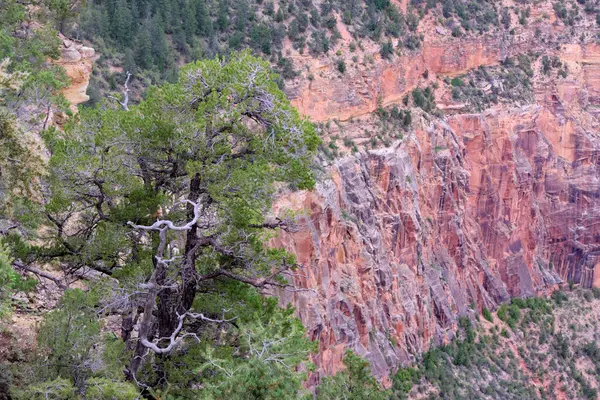
While Zion’s Angels Landing draws massive crowds, the Emerald Pools Trail provides equally spectacular red rock scenery minus the nerve-wracking chains. This 1.5-mile loop winds past three beautiful pools and waterfalls, though the lower pool remains completely accessible to wheelchairs.
The trail creates an almost cathedral-like experience — towering canyon walls provide natural shade even during scorching afternoons. Most people finish the entire loop within two hours, making it ideal for those just getting comfortable with hiking.
Avalanche Lake Trail
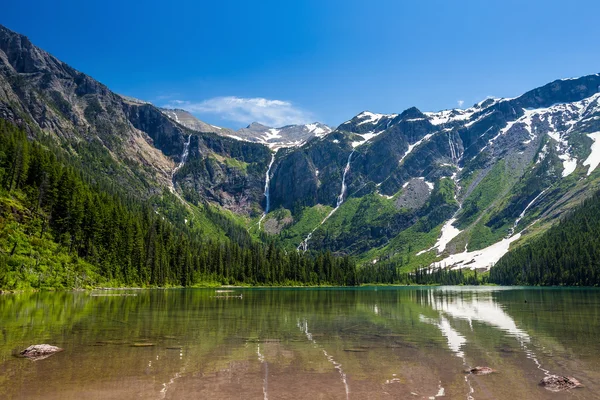
Glacier National Park’s 4.6-mile round-trip trail showcases Montana’s wilderness without demanding technical expertise. The path maintains a gentle gradient through aromatic cedar forests before revealing a pristine alpine lake surrounded by dramatic peaks and tumbling waterfalls.
It’s nature’s perfect reward system — moderate effort leads to postcard-worthy views that’ll leave you speechless. Wooden boardwalks ease you through the first mile, creating more of a leisurely stroll than a challenging trek.
Like Travel Pug’s content? Follow us on MSN.
Bear Lake Trail
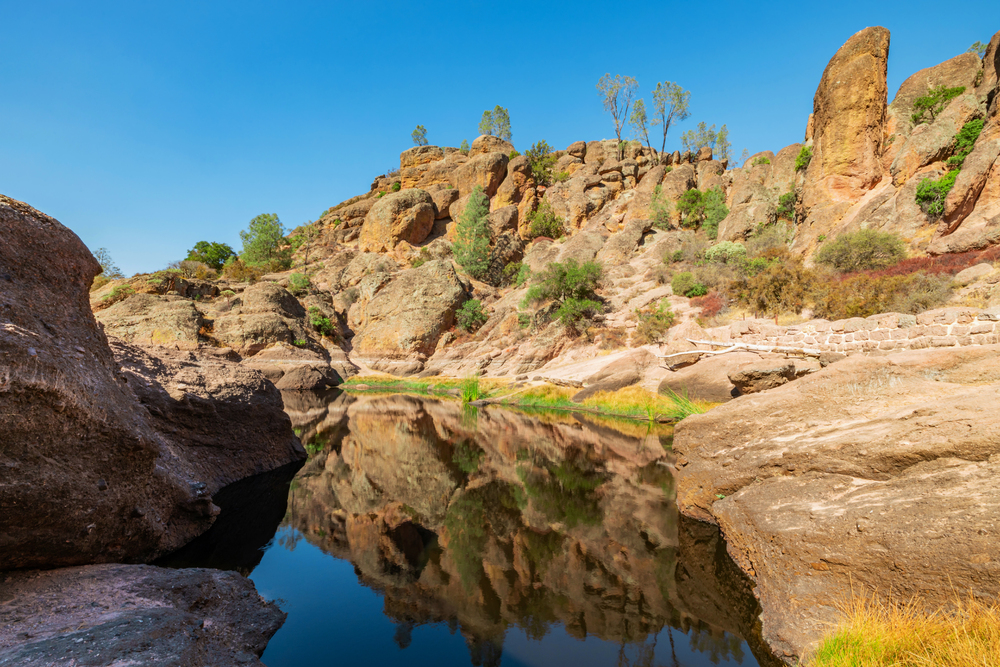
Rocky Mountain National Park’s Bear Lake sits at 9,475 feet elevation, yet don’t let those numbers intimidate you — this ranks among the park’s easiest adventures. The 0.8-mile paved loop around the lake stays mostly flat, accommodating families with young children or anyone seeking mountain vistas without the climbing.
Fall transforms the surrounding aspen groves into golden masterpieces that’ll make your camera work overtime. Early morning visits often reward hikers with mirror-like reflections that double the already impressive scenery.
Bright Angel Trail to 1.5 Mile Resthouse
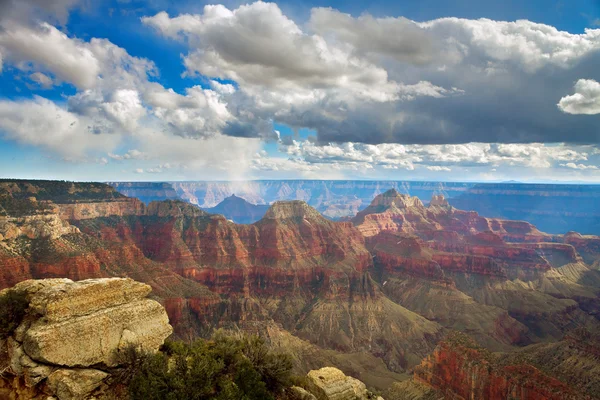
The Grand Canyon’s Bright Angel Trail continues deep into the canyon, though beginners should turn back at the 1.5-mile resthouse for a perfect 3-mile adventure. This section provides an authentic taste of canyon hiking — complete with rest stops and water stations strategically placed along the route.
Switchbacks make the descent manageable, but remember that going down means climbing back up (something first-time canyon hikers often forget until they’re gasping for air). Each turn reveals new geological layers spanning millions of years of Earth’s history.
Cadillac Summit Loop
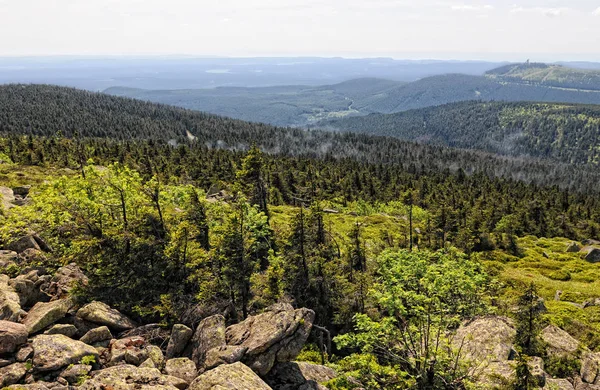
Acadia National Park features a 3.5-mile loop around the summit of the East Coast’s highest peak — no serious mountaineering required. The trail blends carriage roads with footpaths, allowing hikers to adjust difficulty based on their comfort level.
Between October and March, this location often witnesses America’s first sunrise, adding extra magic to early morning adventures. Pink granite formations create natural staircases that transform climbing into exploration rather than exhausting work.
Like Travel Pug’s content? Follow us on MSN.
Cataract Falls Trail

Indiana might not immediately suggest ‘hiking paradise,’ yet this 1.5-mile trail proves the Midwest harbors genuine outdoor gems. The path follows Mill Creek through cascading waterfalls — the upper falls plunge 45 feet in a spectacular display of natural power.
Wooden boardwalks and bridges keep feet dry while offering multiple photo angles of the rushing water. Relatively flat terrain makes this perfect for waterfall enthusiasts who prefer minimal elevation gain.
Dipsea Trail to Muir Woods
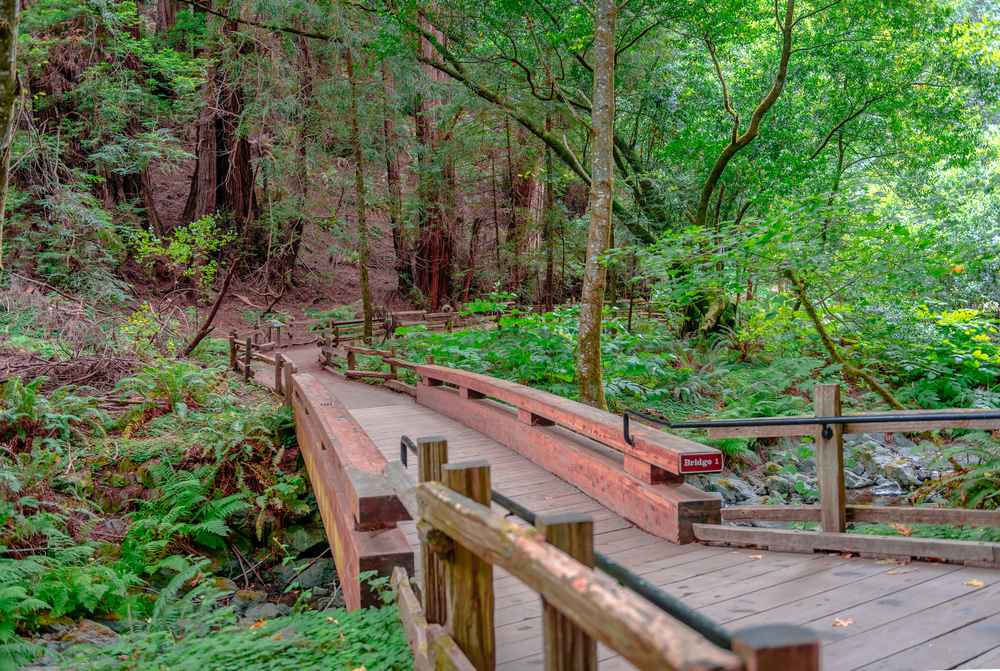
Marin County’s 2.1-mile trail connects charming Mill Valley with the famous redwood cathedral of Muir Woods. The route transitions through residential neighborhoods before entering ancient groves where thousand-year-old giants provide natural shade.
It’s like traveling from modern civilization to prehistoric times — all within an hour of walking. Though the trail includes stairs and moderate inclines, nothing should challenge someone with basic fitness.
Fairy Falls Trail
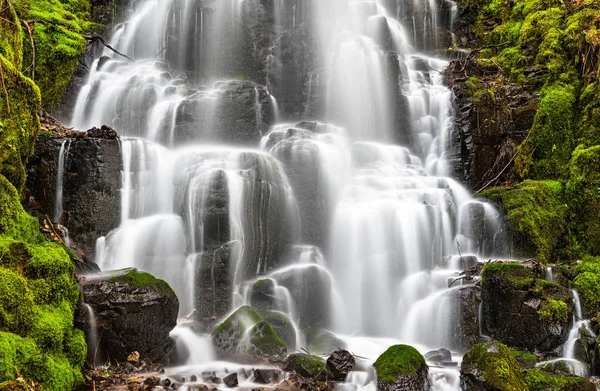
Yellowstone’s 5.4-mile round-trip adventure showcases park diversity beyond the famous geothermal features. The trail passes Grand Prismatic’s overlook, providing aerial views of the colorful hot spring typically obscured by ground-level crowds.
The 197-foot waterfall finale feels like uncovering a well-kept secret — tucked away from main tourist circuits. Flat terrain dominates most of the hike, perfect for beginners wanting to accumulate mileage without technical challenges.
Like Travel Pug’s content? Follow us on MSN.
Hoh River Trail
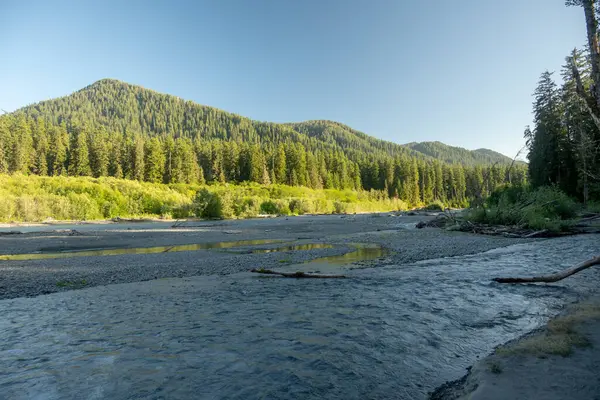
Olympic National Park presents this magical journey through America’s rare temperate rainforest ecosystem. The initial 2.6 miles to the visitor center showcase massive moss-draped trees creating an otherworldly atmosphere straight from fantasy novels.
Following the river, the trail remains relatively flat while passing through groves containing trees exceeding 12 feet in diameter. Rain gear becomes essential since this area receives over 140 inches of annual precipitation — though that’s exactly what maintains the lush, vibrant environment.
Jenny Lake Trail
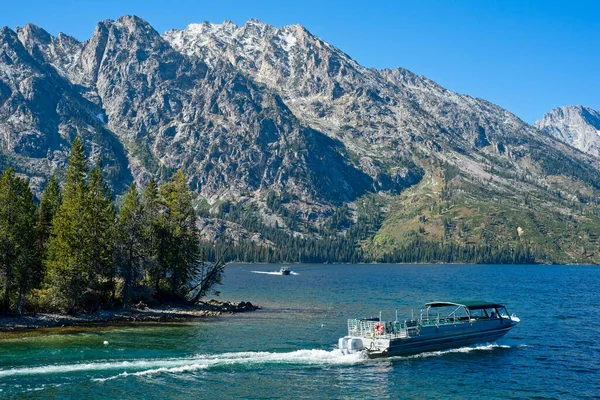
Grand Teton National Park offers this 7.1-mile loop circling one of the park’s most photogenic lakes with the dramatic Teton Range providing a spectacular backdrop. The trail stays relatively flat, resembling an extended walk rather than a challenging hike, yet scenery constantly evolves as you progress around the shoreline.
Many visitors utilize the boat shuttle to halve the distance while still experiencing prime viewing locations. The western shore delivers the most dramatic mountain reflections, especially during calm morning conditions.
Maroon Bells Scenic Loop
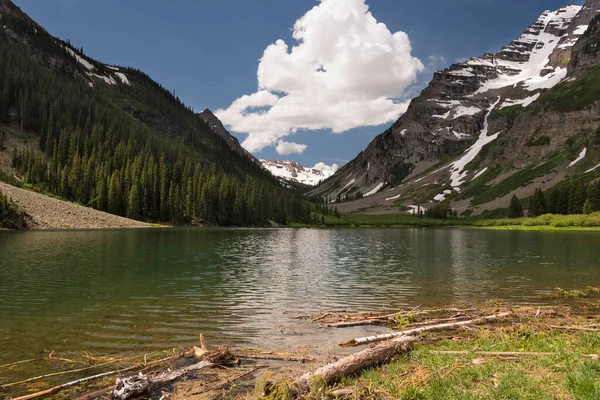
Colorado’s Maroon Bells area features this 1.5-mile loop around Maroon Lake, often called North America’s most photographed location. The well-maintained trail stays flat throughout, letting hikers focus entirely on incredible scenery rather than foot placement.
Two massive peaks rise directly from the lake, creating reflections so perfect they appear digitally enhanced. Peak season requires advance reservations, though this crowd control ensures a more peaceful wilderness experience.
Like Travel Pug’s content? Follow us on MSN.
Mirror Lake Trail
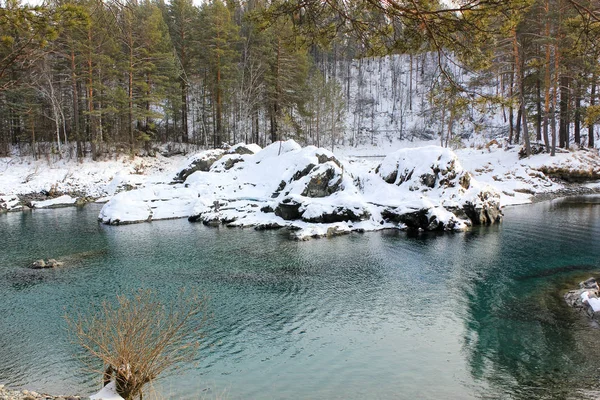
Utah’s Uinta Mountains conceal this 4-mile round-trip gem leading to a pristine alpine lake that reflects surrounding peaks like an enormous natural mirror. The trail climbs roughly 700 feet, but maintains moderate grades with plenty of switchbacks easing the ascent.
July and August bring peak wildflower displays that paint meadows in colors rivaling any professional art gallery. The lake nestles within a natural granite amphitheater, creating an intimate setting that feels completely removed from civilization.
Old Rag Summit Trail Alternative
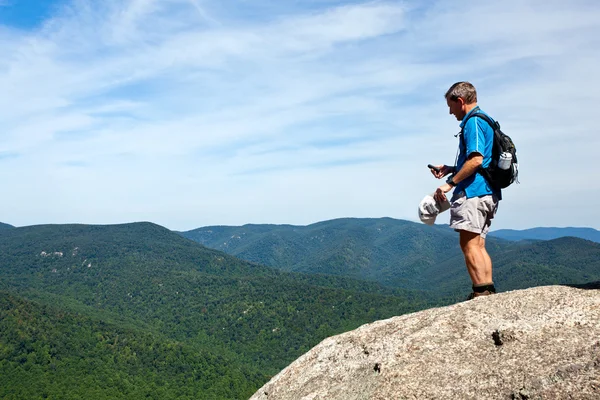
Shenandoah National Park’s challenging Old Rag gets plenty of attention, while the Dark Hollow Falls Trail delivers Blue Ridge beauty in a manageable 1.4-mile package. The trail descends 440 feet to a 70-foot waterfall through forests that become absolutely spectacular during fall foliage season.
Wooden bridges and stone steps navigate steeper sections, while interpretive signs explain the area’s natural and cultural heritage. The return climb provides solid exercise without overwhelming most fitness levels.
Precipice Trail Alternative

Acadia’s famous Precipice Trail intimidates many visitors, but the Jordan Pond Path offers similar coastal mountain scenery in an accessible 3.3-mile loop. The trail circles a pristine glacial pond reflecting the distinctive Bubbles mountains in its still waters.
Carriage roads and footpaths combine to keep walking comfortable, while strategically placed benches encourage scenic contemplation. The renowned Jordan Pond House at the trailhead serves traditional popovers that have become as much an Acadia tradition as hiking itself.
Like Travel Pug’s content? Follow us on MSN.
Skyline Loop Trail
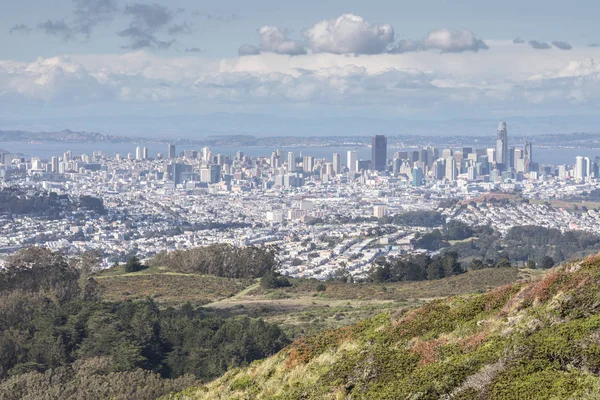
Mount Tamalpais State Park presents this 2.8-mile loop delivering 360-degree San Francisco Bay Area views without serious climbing demands. Fire roads and single track combine, giving hikers flexibility to customize their experience based on comfort preferences.
Clear days reveal panoramas stretching from Pacific Ocean to Sierra Nevada mountains, creating a genuine ‘top of the world’ sensation. Multiple access points accommodate shorter or longer variations depending on available time and energy.
Trail of the Cedars
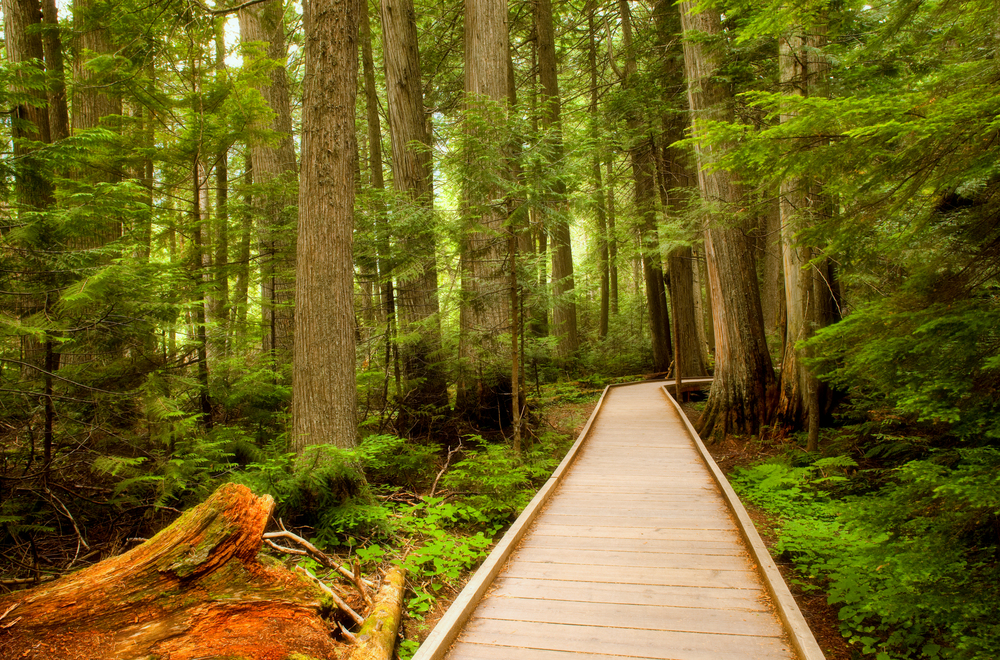
Glacier National Park offers this wheelchair-accessible 0.7-mile boardwalk loop through ancient cedar and hemlock forests alongside Avalanche Creek. The trail provides gentle park introduction while showcasing trees exceeding 500 years old and massive moss-covered boulders.
Interpretive signs explain how avalanches and floods shaped this unique ecosystem over millennia. Elevated boardwalks keep visitors dry while providing intimate forest access that feels genuinely primordial.
Vernal Fall Mist Trail to Footbridge

Yosemite National Park presents this 1.4-mile round trip to a footbridge offering spectacular views of 317-foot Vernal Fall. The trail follows Merced River through granite corridors showcasing Yosemite’s geological drama on an intimate scale.
Spring snowmelt creates the most impressive water displays, though hikers should expect refreshing mist from the falls’ spray. Paved pathways ease walking while constant rushing water provides natural soundtrack that drowns out valley floor traffic noise.
Like Travel Pug’s content? Follow us on MSN.
Where Nature Meets New Adventures

These seventeen trails represent just a sampling of America’s incredible hiking opportunities, yet they share something meaningful — each provides authentic wilderness experiences without intimidating technical requirements. From Maine’s rugged granite coastlines to California’s towering ancient redwoods, these paths demonstrate that advanced skills aren’t prerequisites for accessing nature’s most beautiful spaces.
Confidence gained on these accessible trails often becomes the foundation for more ambitious future adventures. Perhaps most importantly, these routes remind us that the most rewarding hikes aren’t necessarily the most difficult ones — sometimes the most memorable outdoor experiences come from simply placing one foot in front of the other and discovering where the path leads.
More from Travel Pug

- 20 Best Beach Towns in the Carolinas
- 13 Destinations Where Tourists Regularly Regret Their Trip
- 20 Things You Actually Get in First Class
- 20 Small Airports With Aviation Museums
- 20 Places in the U.S. That Are Perfect for a Reset Trip
Like Travel Pug’s content? Follow us on MSN.
